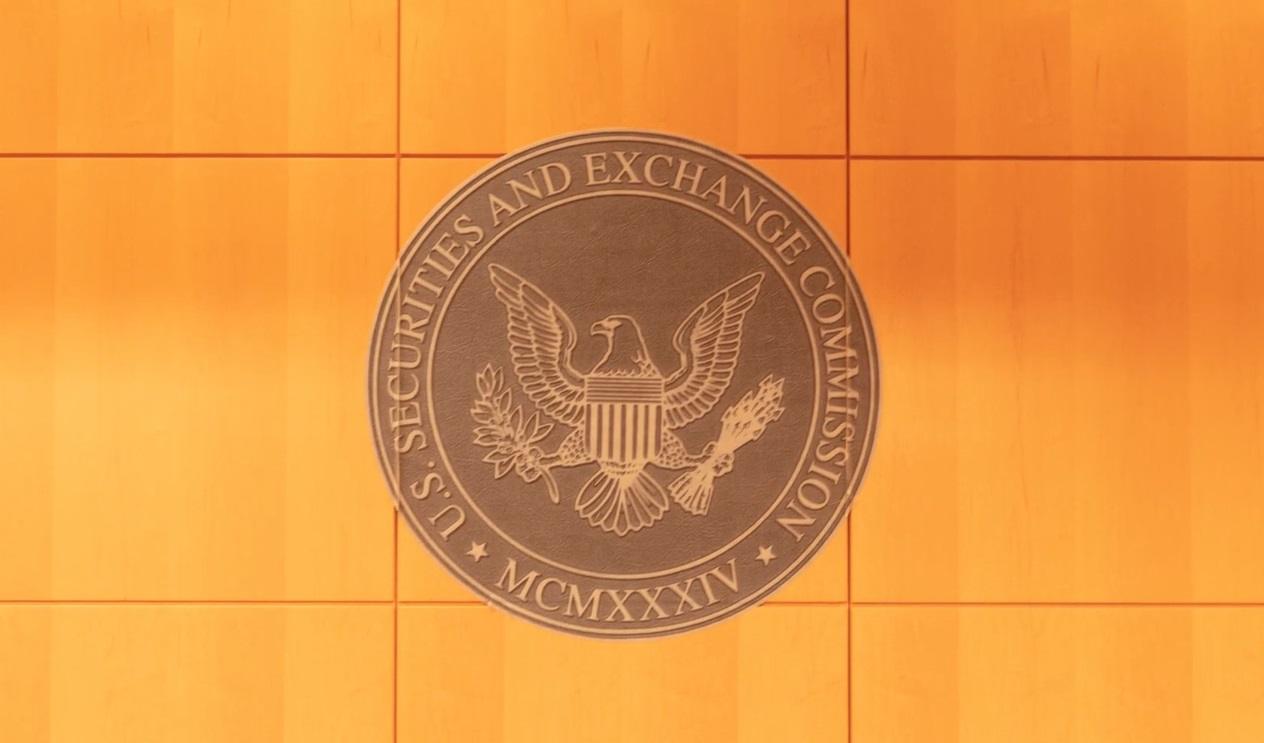SEC Targets Greenwashing with New ESG Fund Disclosure Rules
The U.S. Securities and Exchange Commission (SEC) on Wednesday published new proposed disclosure rules for funds and advisers that claim to integrate ESG factors into their investment products and services, aiming to provide clearer and more consistent information for investors, and to address the risk of greenwashing through the exaggeration or misrepresentation of ESG claims.
According to SEC Chair Gary Gensler, the proposals are being made as investor interest in ESG has undergone significant growth, driving a proliferation of investment products and services marketed as ‘green’ or ‘sustainable,’ but without clear rules communicating to investors the actual ESG-related attributes, methodologies and criteria that are being considered in the funds.
In a statement accompanying the proposals, Gensler said:
“When an investor reads current disclosures, though, it can be very difficult to understand what some funds mean when they say they’re an ESG fund. There also is a risk that funds and investment advisers mislead investors by overstating their ESG focus.
People are making investment decisions based upon these disclosures, so it’s important that they be presented in a meaningful way to investors.”
The rules identify investment products with various levels of ESG centrality to their strategies, requiring different disclosures for each. “Integration Funds,” for example, that utilize ESG factors in their investment decisions alongside non-ESG factors would need to describe how the ESG factors are incorporated, while funds with ESG factors as a primary consideration would need to provide more detailed disclosure, and impact funds targeting specific sustainability-related outcomes would be required to disclose how progress towards their objectives are measured.
Disclosures would also be required based on the types of ESG strategies pursued by the funds, with most environmentally-focused funds required to report on the greenhouse gas emissions and carbon intensity of their portfolios, for example, or funds that use proxy voting or engagement as part of their ESG strategies providing additional information regarding their activities in these areas.
The proposals would also require ESG-focused funds to present information in a standardized, tabular format, enabling investors to quickly identify the types of ESG strategies being used, and to easily compare with other funds.
The SEC also introduced a proposed update to the “Names Rule,” aimed at ensuring that a fund’s name accurately describes the types of investments targeted by the fund, and doesn’t mislead investors about a fund’s investments and risks. While the proposed rule does not apply exclusively to ESG funds, it does specify that a fund that does not consider ESG factors more centrally than non-ESG factors in investment decisions would not be allowed to use ESG or similar terminology in the fund’s name.
Specifically, in order to use ESG in a fund’s name, at least 80% of the fund’s assets would need to be invested in assets aligned with an ESG investment policy.
Commenting on the new proposals, professional services firm KPMG’s Principal and National Practice Lead for Asset and Wealth Management, Regulatory Risk and Compliance, Larry Godin said:
“The SEC’s proposals related to the Investment Company Act’s Names Rule and enhanced disclosures for ESG reflect significant steps taken by the Commission to bring investors enhanced transparency surrounding fund strategies. In the absence of a universally accepted definition of ESG, the SEC is seeking to combat greenwashing by placing increased accountability on investment advisers to disclose, in sufficient detail, the investment process used to arrive at decisions made within a portfolio.”
Each of the new proposed rules will be open to a 60-day comment period, followed by a decision on whether to move forward with finalized rules by the SEC.
Gensler added:
“I think investors should be able to drill down to see what’s under the hood of these funds. This gets to the heart of the SEC’s mission to protect investors, allowing them to allocate their capital efficiently and meet their needs.”





